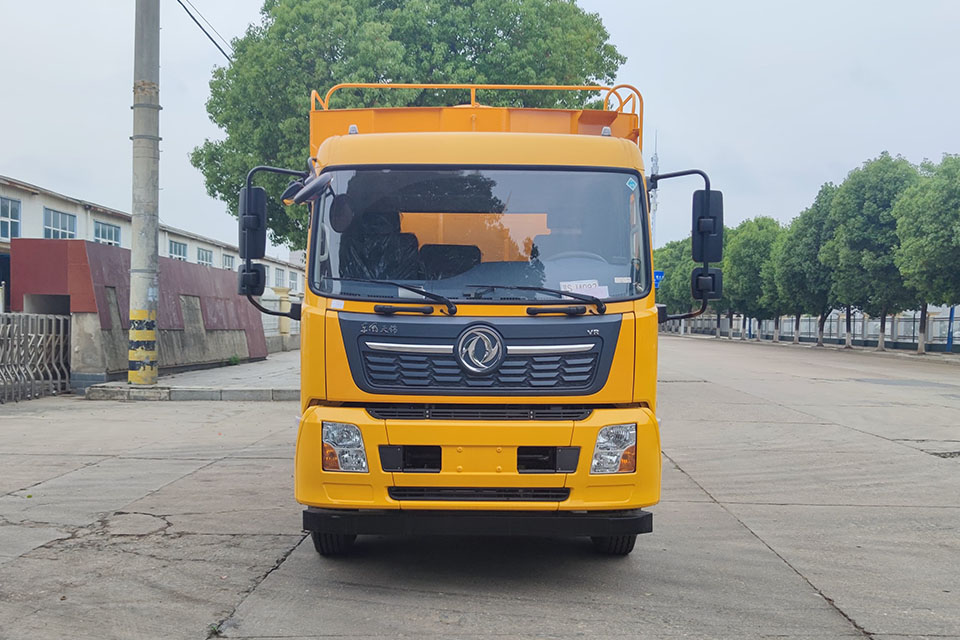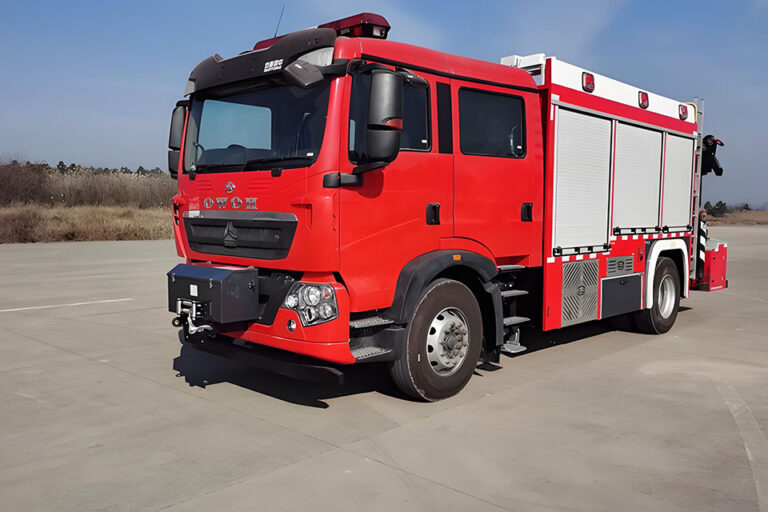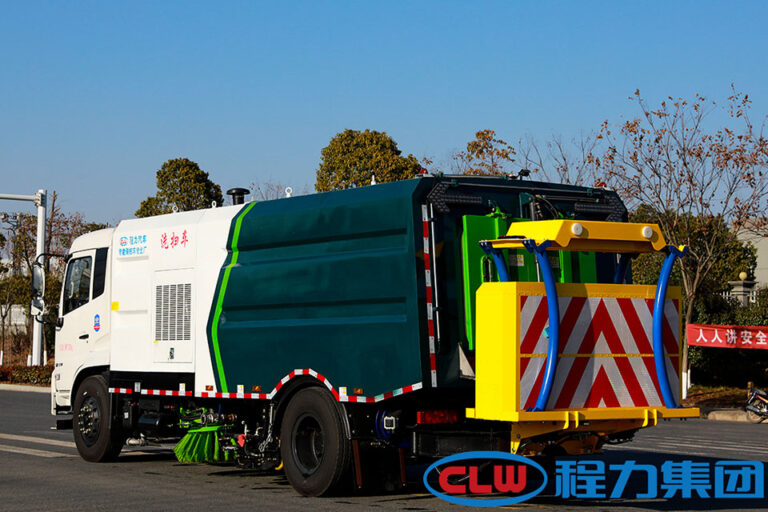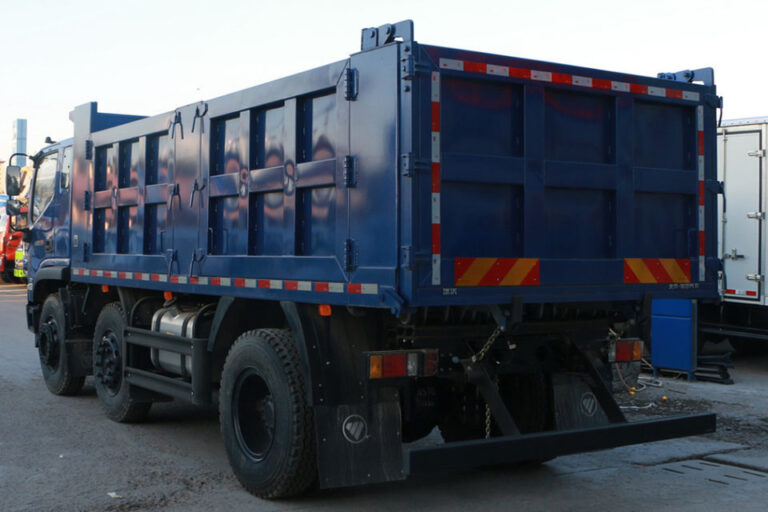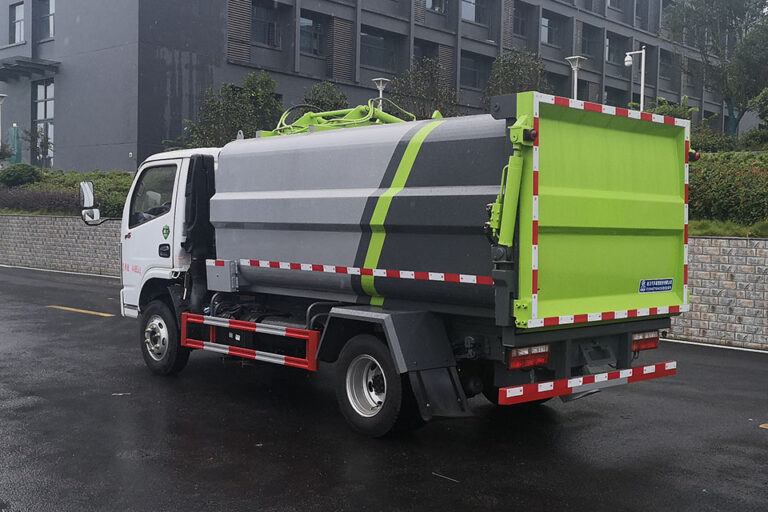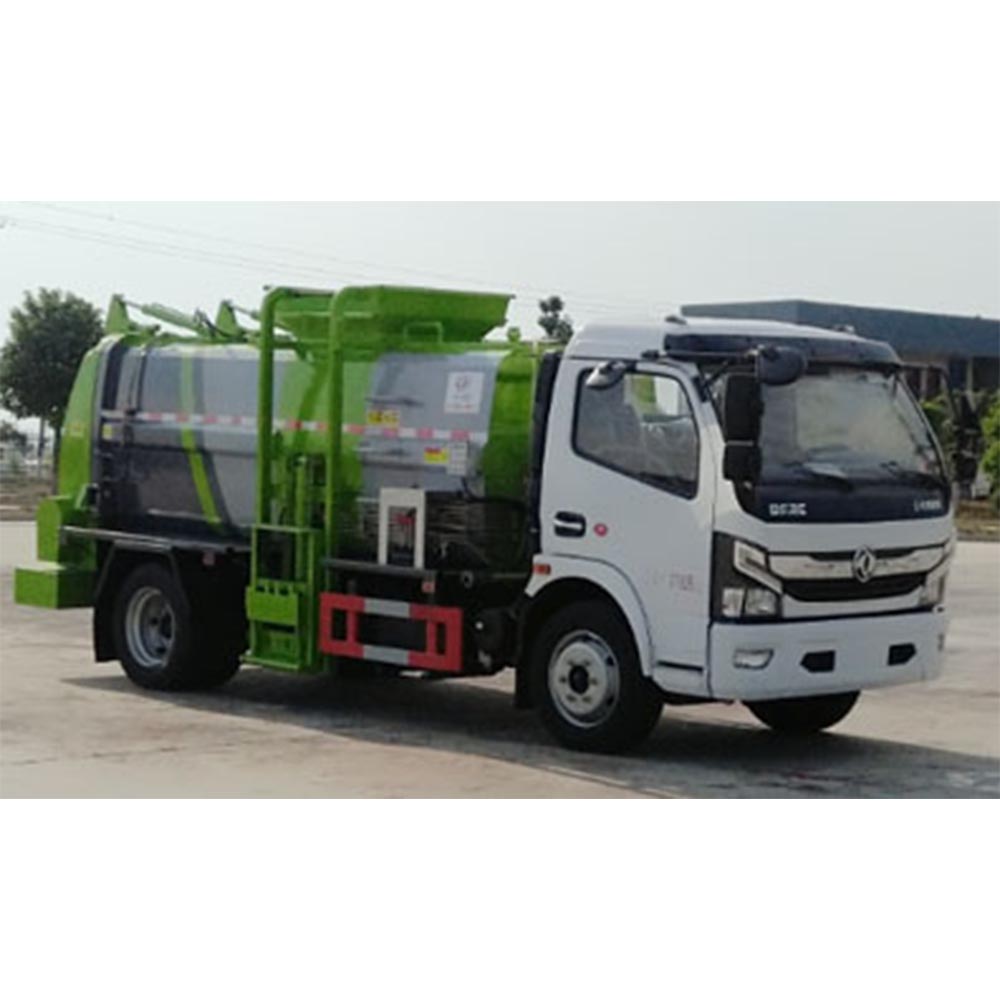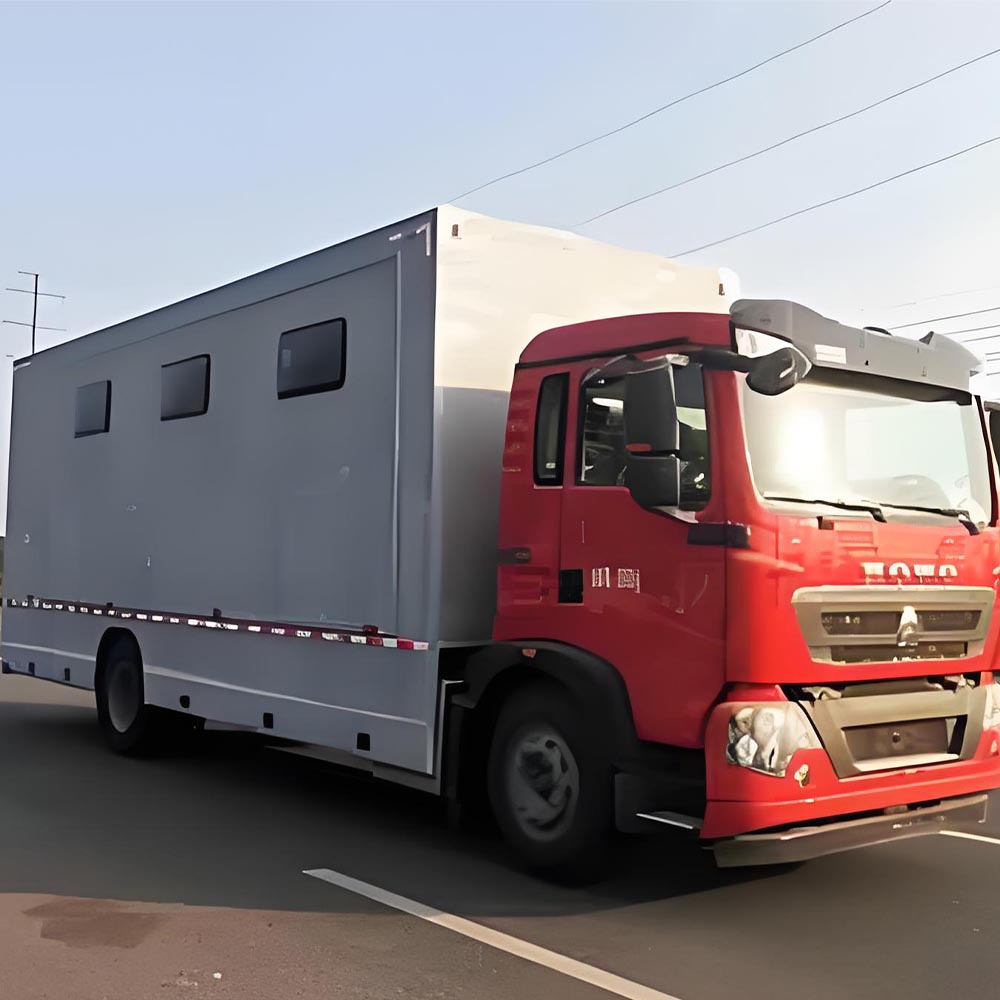-
Chengli Automobile Industry Park
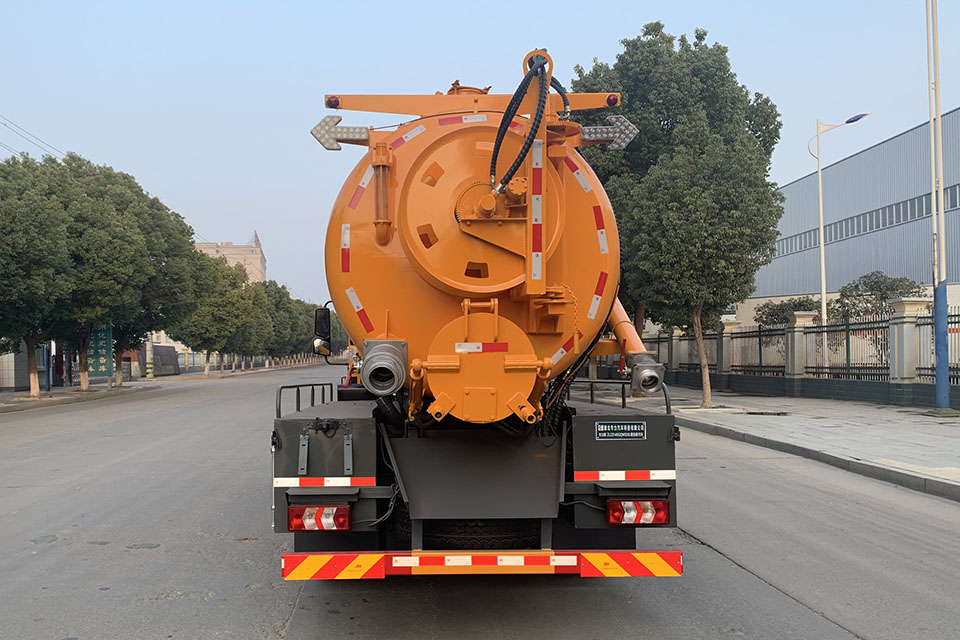
Sewage Suction Truck near me
Are you looking to buy a sewage suction truck? These special trucks help clean septic tanks and move waste. This guide will tell you all about the costs, types, and what to think about before you buy one.
Table of Contents
What Are Sewage Suction Trucks?
A sewage suction truck is a big truck with a tank and tools that can suck up waste. They help clean septic tanks and move human waste. These trucks have:
- A vacuum pump to suck up waste
- A big tank to hold the waste
- Tools to control bad smells
- Hoses and parts to move the waste
Vacuum trucks for sewage and septic tank cleaning come in many sizes and types to fit what you need.
The Market for Sewage Suction Trucks in 2025
The sewage truck market is getting bigger! Let’s look at some numbers:
| Facts About the Market | Details |
|---|---|
| Market size in 2022 | $1.2 Billion |
| Expected market size by 2030 | $1.8 Billion |
| Growth rate (CAGR) | 5% from 2024 to 2030 |
| Top makers in 2025 | Alamo Group, Vac-Con, Guzzler Manufacturing |
| Truck types by size | ≤4000L, 4000-10,000L, ≥10,000L |
The market is growing because more cities need help with waste. With over 16,000 sewage treatment plants in the USA alone, there’s a big need for these trucks.
Sewage Suction Truck Market Overview (2022-2030)
An infographic providing a visual overview of the sewage suction truck market, covering key trends and data.
Market Size and Growth
$1.2 Billion (2022)
$1.8 Billion (2030)
5% CAGR (2024-2030)
Truck Prices by Tank Size (New)
Top Manufactures
- Alamo Group
- Vac-Con
- Guzzler Manufacturing
How Much Do Sewage Suction Trucks Cost in 2025?
The cost of a sewage suction truck depends on many things. Here’s what you need to know:
New Truck Costs
New trucks can cost from $50,000 to $400,000 or more. The price depends on:
- How big the tank is – bigger tanks cost more
- What brand made it – top brands like Alamo Group cost more
- What special parts it has – like better pumps or hoses
- If it uses new clean energy – electric trucks may cost more at first
Used Truck Costs
Used trucks can save you money! They might cost:
- 3-5 years old: $30,000-$150,000
- 6-10 years old: $15,000-$75,000
- Over 10 years old: $5,000-$30,000
Cost Based on Tank Size
| Tank Size | Price Range (New) | Price Range (Used) |
|---|---|---|
| Small (≤4000L) | $50,000-$120,000 | $15,000-$60,000 |
| Medium (4000-10,000L) | $120,000-$250,000 | $40,000-$100,000 |
| Large (≥10,000L) | $250,000-$400,000+ | $80,000-$200,000 |
Smart Ways to Save Money When Buying a Sewage Truck
Want to save money? Try these tips:
- Buy used trucks – they cost less but can still work well
- Look at different brands – not just the most famous ones
- Choose only the features you need – don’t pay for extras you won’t use
- Think about sharing with other companies – split the cost with partners
- Check for special deals at the end of the year – when dealers want to sell old stock
The truck market in 2025 might have some good deals as the medium-duty truck market is expected to get smaller.
Zero-Emission Sewage Trucks: The Future
More companies are making clean energy sewage trucks that don’t make pollution. These include:
- Electric sewage trucks with batteries
- Hybrid trucks that use less gas
- Hydrogen-powered trucks that are very clean
These trucks might cost more at first, but they can save money later because:
- They use less fuel
- They need less fixing
- They can work in places with strict rules about pollution
- They might get tax breaks
Studies show that by 2025, the cost of zero-emission truck parts will be lower than today.
Top Brands and Manufacturers in 2025
The best sewage suction truck makers in 2025 are:
- Alamo Group Inc. – known for high quality
- Vac-Con – makes very good vacuum systems
- Guzzler Manufacturing, Inc. – makes strong, long-lasting trucks
When you choose a brand, think about:
- How long they’ve made trucks
- If they have good service after you buy
- If they have parts when you need to fix the truck
- What other people say about them
Before You Buy: Important Things to Think About
Before you spend money on a sewage hauler truck, think about:
1. What Will You Use It For?
- Small jobs – like home septic tanks? A small truck might be enough.
- Big city jobs – like cleaning city pipes? You’ll need a bigger, stronger truck.
- Special waste – some waste needs special trucks to handle it safely.
2. How Often Will You Use It?
- Every day – you’ll need a very good, strong truck
- Once in a while – maybe a used truck would work
- Seasonal work – think about renting when you need it
3. Where Will You Work?
- City streets – you need a truck that can move in tight spaces
- Rural areas – you might need a truck that works on rough roads
- Hills or mountains – you’ll need a strong engine
4. What Rules Must You Follow?
Different places have different rules about:
- How much waste you can carry
- How to get rid of the waste
- What kinds of trucks you can use
- What licenses you need
Costs After You Buy: Don’t Forget These!
The price of the truck is just the start. You’ll also pay for:
- Fuel – big trucks use a lot of gas or diesel
- Insurance – to protect your truck and business
- Licenses – to legally run your truck
- Fixing things – when parts wear out or break
- Training workers – to use the truck right
- Cleaning the truck – to keep it working well
On average, expect to spend about 15-20% of the truck’s cost every year on these things.
Real Case Studies: Sewage Truck Costs in Action
Case Study 1: City Government Upgrade
A mid-sized city bought 5 new sewage suction trucks to replace old ones. They used data to decide which trucks to buy.
- Cost: $1.2 million for all trucks
- Savings: 30% less fuel and 40% fewer repairs compared to old trucks
- Result: Saved $150,000 per year in running costs
Case Study 2: Small Business Owner
A small business owner bought a used 6-year-old truck with an 8,000L tank.
- Cost: $85,000 (vs. $210,000 new)
- Repairs in first year: $7,500
- Result: Still saved $117,500 compared to buying new
Is Renting a Better Choice?
Sometimes renting makes more sense than buying:
| Renting Pros | Renting Cons |
|---|---|
| No big money needed upfront | Costs more if you use it a lot |
| The rental company fixes it | Might not have the exact truck you want |
| Try different trucks | Need to plan ahead to get a truck |
| No storage costs | Can’t make changes to the truck |
Daily rental costs range from $500-$2,000 depending on the truck size and features.
The Cost-Benefit Analysis of Buying a Sewage Truck
To decide if buying a truck is worth it, follow these steps:
- List all costs (truck, fuel, fixes, etc.)
- List all benefits (money you’ll make, time you’ll save)
- Think about who the truck will help
- Compare different trucks and options
- Think about what might go wrong
Conclusion: Making the Right Choice for Your Needs
Buying a sewage suction truck is a big decision. The right truck depends on:
- The size of jobs you’ll do
- How much money you can spend
- What special features you need
- New or used preferences
With the sewage truck market growing to $1.8 billion by 2030, now is a good time to invest in this business.
Remember that the cheapest truck isn’t always the best deal. Think about all costs over time, not just the price tag.
For specialized urban cleaning needs, consider a high-efficiency sewer vac cleaning truck that can handle tough jobs in city environments.
Frequently Asked Questions
How long do sewage suction trucks last?
With good care, they can last 10-15 years or more.
Do I need a special license to drive a sewage truck?
Yes, most places need a CDL (Commercial Driver’s License) with special permits.
How much waste can a typical sewage truck hold?
It depends on the size, but medium trucks hold about 4,000-10,000 liters.
Are there eco-friendly sewage trucks?
Yes! Look for plug-in hybrid sewage vacuum trucks and fully electric models.
What’s the best brand for small businesses?
Many small businesses like Vac-Con for their mix of quality and price.
